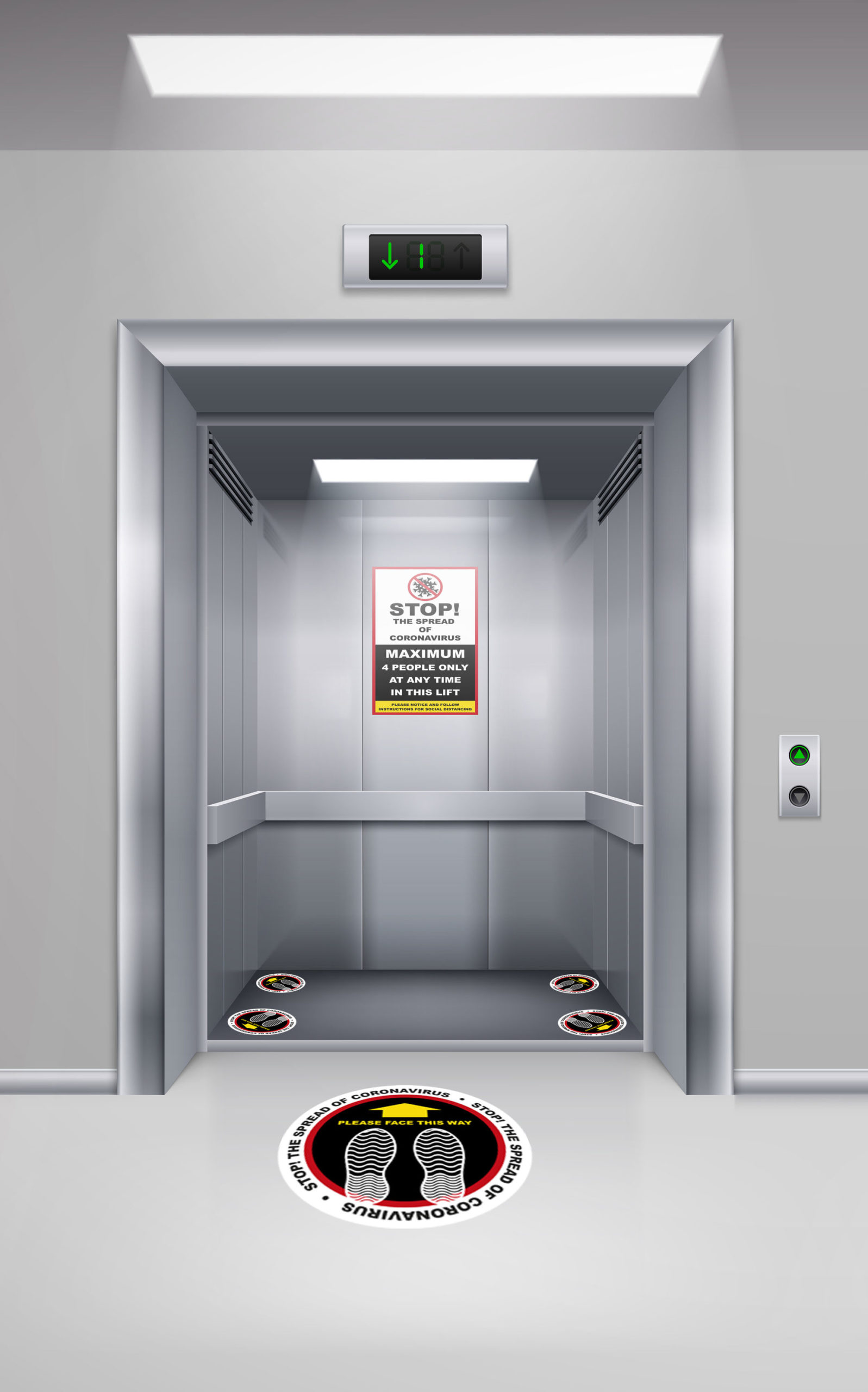Contrast Disabled Platform Lifts Prices UK: Affordable Options for every single Requirement
Contrast Disabled Platform Lifts Prices UK: Affordable Options for every single Requirement
Blog Article
Looking Into the World of Elevators: Common Issues Encountered by Different Lift Mechanisms
As we navigate through the upright transportation systems of modern buildings, elevators stick out as a vital part of our every day lives. However, behind their seamless procedure exists a globe of intricate devices that can in some cases experience obstacles. From hydraulic elevators to grip systems and machine-room-less designs, each lift type comes with its set of typical problems. Recognizing these challenges is crucial for ensuring the smooth functioning of these important systems. Let's check out the intricacies that underlie the operation of lifts and the potential issues that can occur, shedding light on the complex internet of lift systems.
Hydraulic Elevators
Hydraulic lifts, usually preferred for low-rise structures, utilize fluid pressure to manage the activity of the elevator car (lift repair companies). This mechanism entails a hydraulic pump pushing oil right into a cylinder, creating the elevator to move in the preferred instructions. While hydraulic elevators are known for their smooth and silent operation, they do come with their own collection of typical concerns
One widespread trouble with hydraulic lifts is oil leakage. The seals in the hydraulic system can break in time, leading to oil seepage. This not only produces a mess yet can also affect the elevator's performance if left unaddressed. Furthermore, problems with the control system, such as defective shutoffs or a malfunctioning pump, can trigger disturbances in the elevator's movement.
Regular maintenance and timely repairs are vital to make certain the smooth performance of hydraulic elevators. By dealing with these common problems proactively, structure owners can reduce downtime and make certain the security and performance of their vertical transport system.
Traction Lifts
When considering vertical transportation systems in structures, an additional usual type apart from hydraulic elevators is the grip elevator. Traction elevators operate utilizing a system of ropes and weights that relocate the elevator auto by grasping onto the hoist ropes. This device enables smoother and much faster vertical transportation compared to hydraulic systems.
One of the common concerns encountered by traction elevators is rope wear. The consistent activity of the ropes within the traction system can lead to tear and use in time, possibly triggering the elevator to breakdown or come to be harmful for usage. Normal evaluations and maintenance of the ropes are vital to ensure the lift's correct performance and security.
Another concern that grip lifts may come across is associated with the control system. Problems with the control system can result in problems such as irregular movement, delays in action times, and even full closures. Normal screening and upkeep of the control system are vital to stop such issues and ensure the elevator's dependability.
Machine-Room-Less (MRL) Lifts

One of the key components of MRL elevators is the portable gearless grip device that is set up within the hoistway. This machine successfully drives the elevator automobile without the need for bulky devices found in conventional grip lifts. Additionally, MRL elevators usually make use of a counterweight system to balance the car, more enhancing their power efficiency.
In spite of their benefits, MRL lifts might encounter difficulties connected to repair and maintenance as a result of the constrained space for devices setup. Ease of access for servicing elements within the shaft can be limited, requiring specialized training for technicians. Appropriate upkeep schedules Recommended Site and regular inspections are essential to guarantee the ongoing smooth procedure of MRL elevators.
Overloading and Weight Limit Issues
Overloading and weight restriction problems are crucial issues in lift procedures. Lift makers design raises with specific weight abilities to guarantee traveler safety and security and tools longevity.
When elevators are overwhelmed, it puts too much pressure on the motor, cable televisions, and various other components, possibly creating breakdowns or malfunctions. If they identify excess weight, security mechanisms such as sensing units and overload sensing units are in area to prevent elevators from relocating. Additionally, surpassing weight restrictions can bring about raised energy consumption and deterioration on the lift system.
To alleviate straining issues, developing supervisors ought to prominently present weight limitations in elevators and enlighten owners on the importance of adhering to these constraints get more - lift repair companies. Routine maintenance checks by certified technicians can additionally assist ensure that elevators are operating within secure weight parameters. By attending to overloading and weight limit problems proactively, building proprietors can improve lift safety and performance
Electrical System Failures
Surpassing weight limitations in lifts can not just lead to mechanical concerns however also possibly add to electric system failures within the lift framework. Electric system failings are an important issue in lift operation, as they can trigger unforeseen shutdowns, malfunctions, or even security hazards.
Routine upkeep and evaluations are important to identify and resolve prospective electrical issues promptly, making sure the reliable and risk-free operation of elevator systems. By adhering to weight limits and performing routine electrical system checks, structure proprietors can minimize the danger of electrical failures in elevators.
Verdict

Hydraulic wikipedia reference lifts, typically chosen for low-rise buildings, make use of fluid pressure to control the movement of the elevator cars and truck.When thinking about vertical transport systems in buildings, another common type apart from hydraulic elevators is the grip lift. Grip lifts operate using a system of ropes and weights that relocate the lift automobile by gripping onto the hoist ropes. Unlike typical elevators that need a different equipment area to house the equipment, MRL elevators integrate many of the components within the shaft, eliminating the requirement for a devoted machine room.In verdict, lifts deal with usual issues such as hydraulic malfunctions, grip system failures, and electric system problems.
Report this page